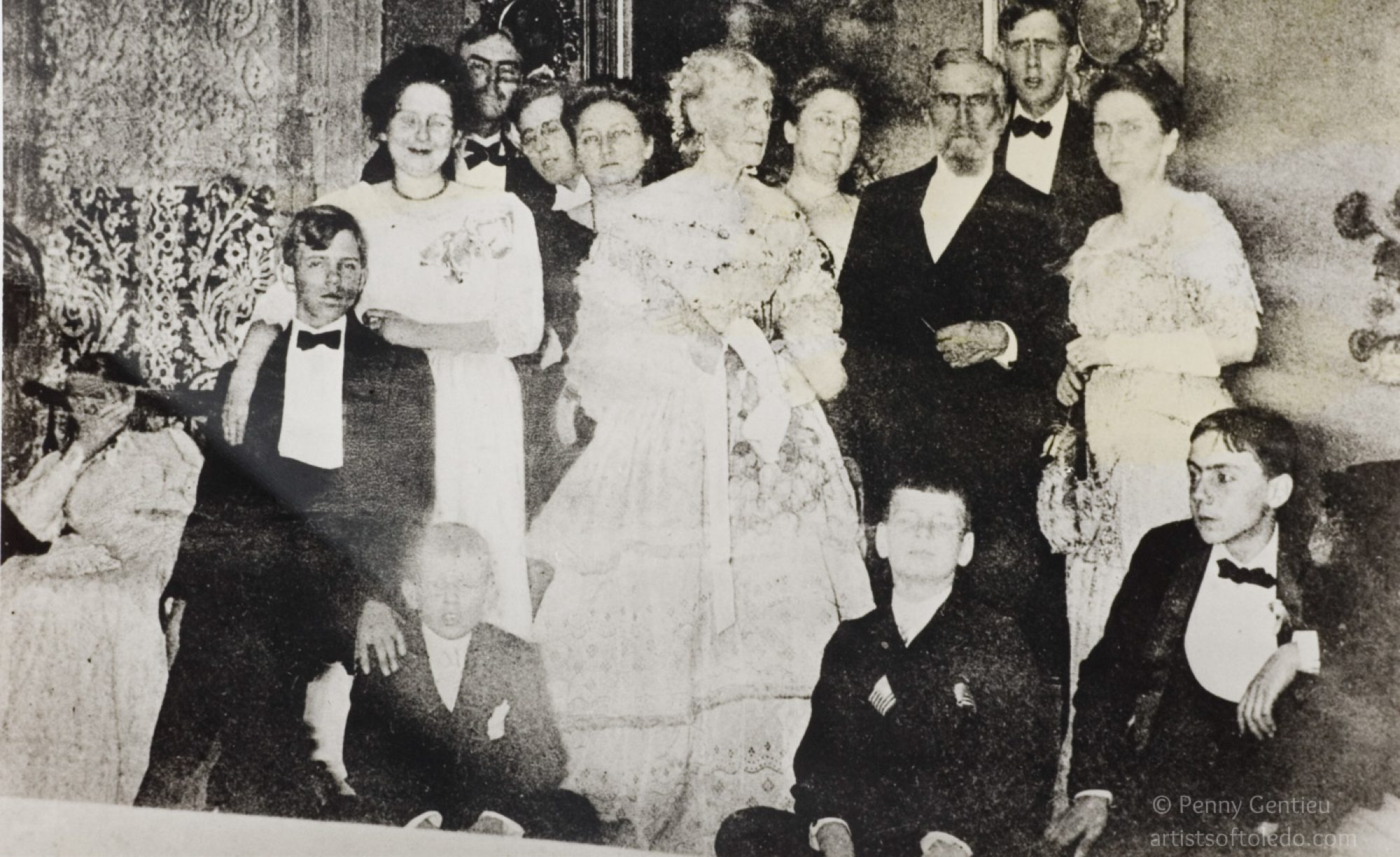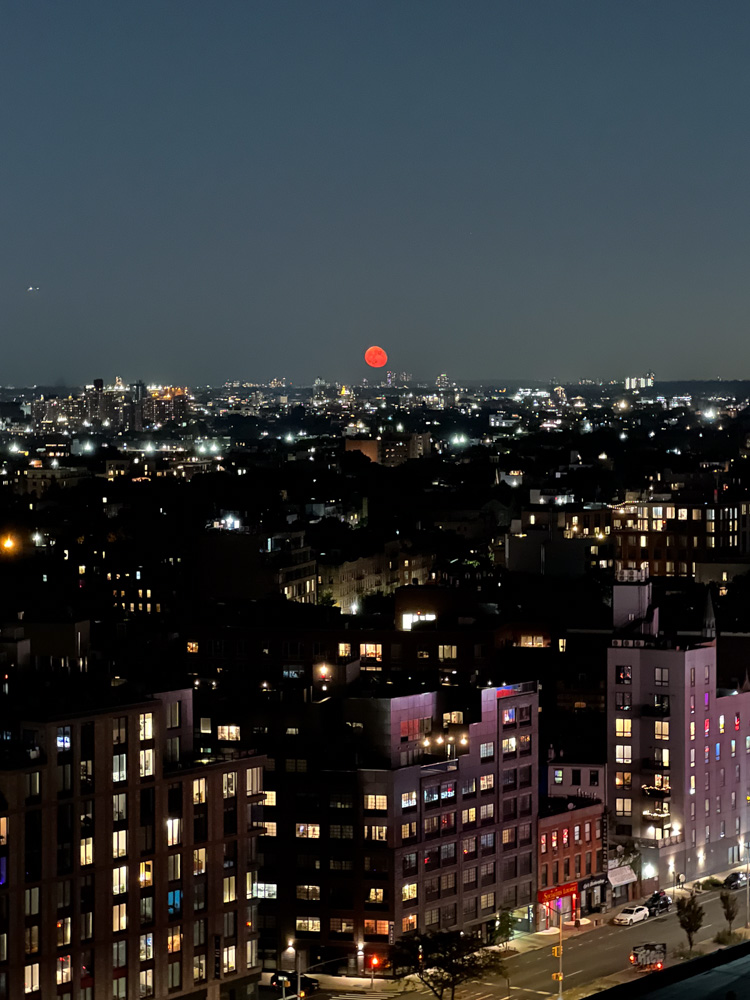
Imagine Brooklyn around 5,000 moons ago, when our Willett ancestors first set foot onto American soil.
It’s through Maude Willett (1872-1961) who married Frederic Gentieu (1872-1951) in Camden, New Jersey in 1892, that our family tree was spiced up with early Dutch and English settlers in Brooklyn.
our earliest Brooklyn ancestors
It started with the Cools and the Stoothoffs who came from the Netherlands.
In 1639, Cornelius Cool came from Doorne, Amsterdam, Nederland to Gowanus, Kings County, Long Island, New York colony. Age 50 years old, he came with the entire family – his parents and children – and purchased property adjoining the Bennet Farm.
William Adrianse Bennet settled Gowanus for the Dutch in 1636, while Jan Lake, Nicholas Stillwell and Dutchman Fernandus Van Sicklen were part of the group that settled the English town of Gravesend along with Lady Deborah Moody, who founded it in 1643. *
Cornelius Cool’s daughter, Aeltje Cornelius Cool (aft 1615-1683), was born in Utrecht, Netherland in about 1615. She was previously married to Gerrit Wolfertsen Couwenhoven, the son of Wolphert Gerretse van Kouwenhoven, one of the founders of Nieuw Amersfoort (Flatlands) and ancestor of the Vanderbilts. After Gerrit died in 1648, Aeltje married Elbert Elbertsen Stoothoff (1620-1688). Aeltje brought her first husband’s property into the marriage.
Elbert Elbertsen Stoothoff (1620-1688) was born in Nieukerken, North Brabant, Holland. He immigrated to New Netherland in 1637, only 17 years old. In order to make the overseas trip, he agreed to be bound in service to Kilian Van Rensselaer for six years. But soon thereafter he made out pretty well when he married Aeltje.
In Flatlands, he owned, through his wife, a house looking just like the Jan Martense Schenck house that was built in Mill Basin, circa 1675-6 that has always been on display, on the third floor of the Brooklyn Museum. Stoothoff was the largest landowner in Nieuw Amersfoort (Flatlands), owning 600 acres at the time of his death.
[add photo]
Cool + Stoothoff + Willett + Cornell
Thomas Willett (1620-1647) came to New Amsterdam from Bristol, England in 1643. As a soldier for the Dutch West India Company, he was granted land in New Amsterdam in 1645. There, in 1643, he married Sarah Cornell (1623-1703), whose family came to Boston from Safron, Waldon, Essex, England in 1638. At the young age of 27, Thomas died, but not before he and Sarah had Thomas Willett Jr. (Colonel Thomas Willett Jr.) (1645-1723).
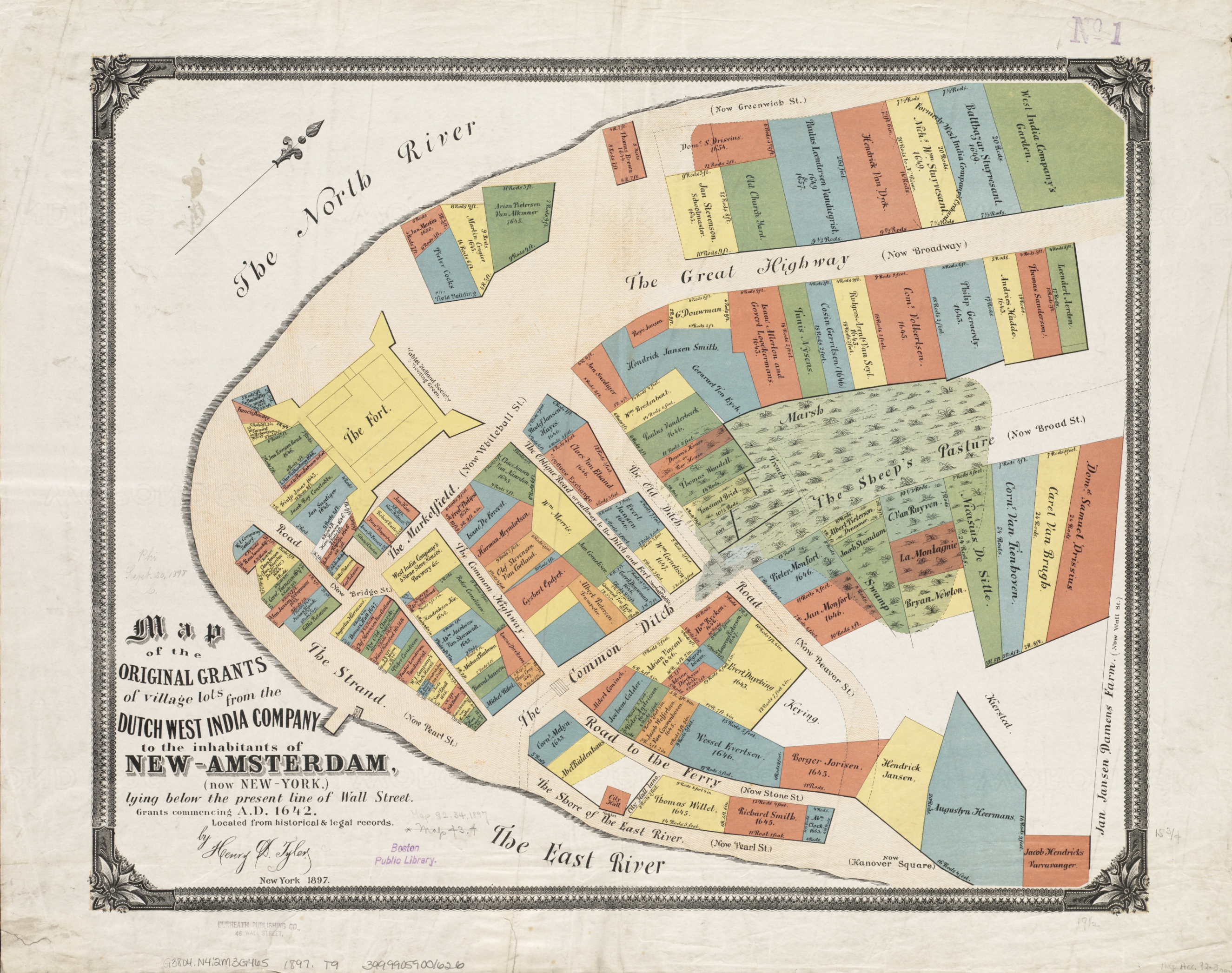

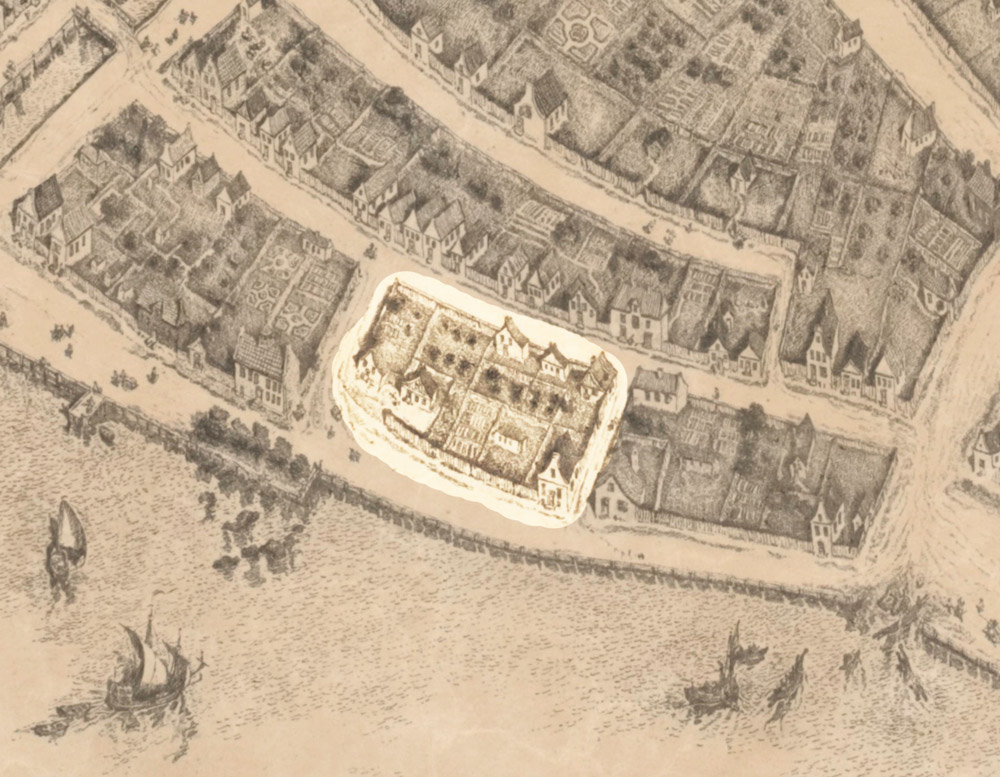
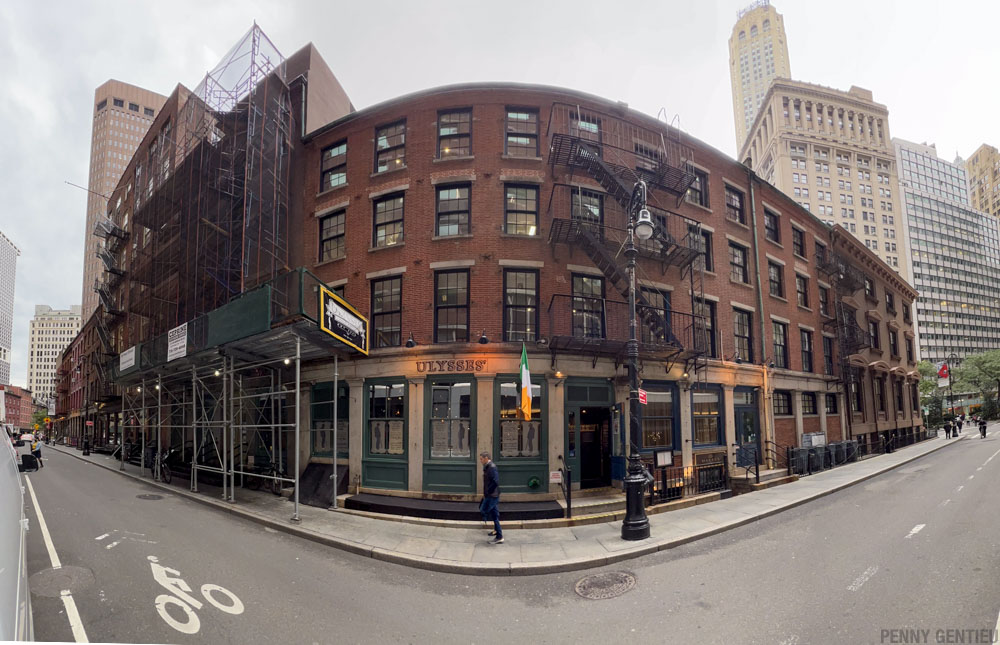
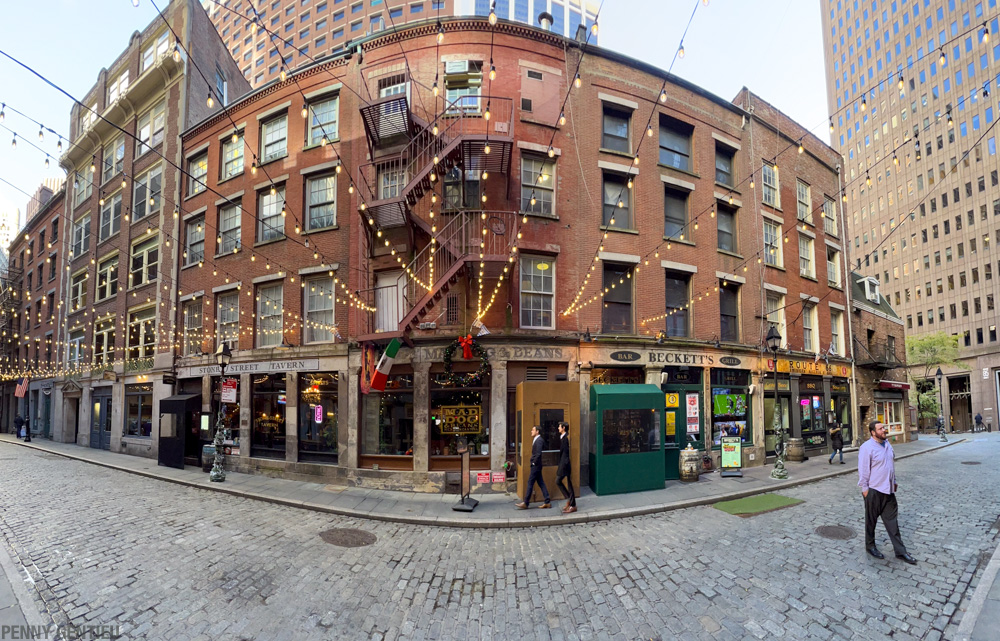



Aechtje Cornelius Cool and Elbert Elbertsen Stoothoff had Heiltie Stoothoff (1646-1701.) Heiltie married Colonel Thomas Willett Jr. (1645-1723) in 1667.
Colonel Thomas Willett Jr. was the High Sheriff of Flushing in 1670, Captain of Militia on Long Island from 1671 to 1678, Sheriff of Yorkshire in 1676 (included L.I., Westchester, and Staten Island), and Judge of Queens County from 1702-1710. Colonel Thomas Willett Jr. was able to produce 1,000 men in 10 hours for the defense of NYC, on the occasion of the French alarm in 1704.
Colonel Thomas Willett Jr.’s 200-acre estate, the Spring Hill Farm in Flushing, having the Willet Family Burial Place, was sold by the heirs, Thomas Willett and John Willett (1690-1774) in 1762 to Lieutenant Governor Cadwallader Colden for 200 pounds. The property became known as the Colden Estate. Colden died in 1776. His son David was a Tory. The property was confiscated and sold in 1784 to William Cornwall. In 1893, it became the Cedar Grove Cemetery, incorporating the Jewish section in 1909 as the largest part of it, Mount Hebron Cemetery, which has over 225,000 graves. Barbra Streisand plans on ending up in this cemetery, she has a mausoleum in place already.
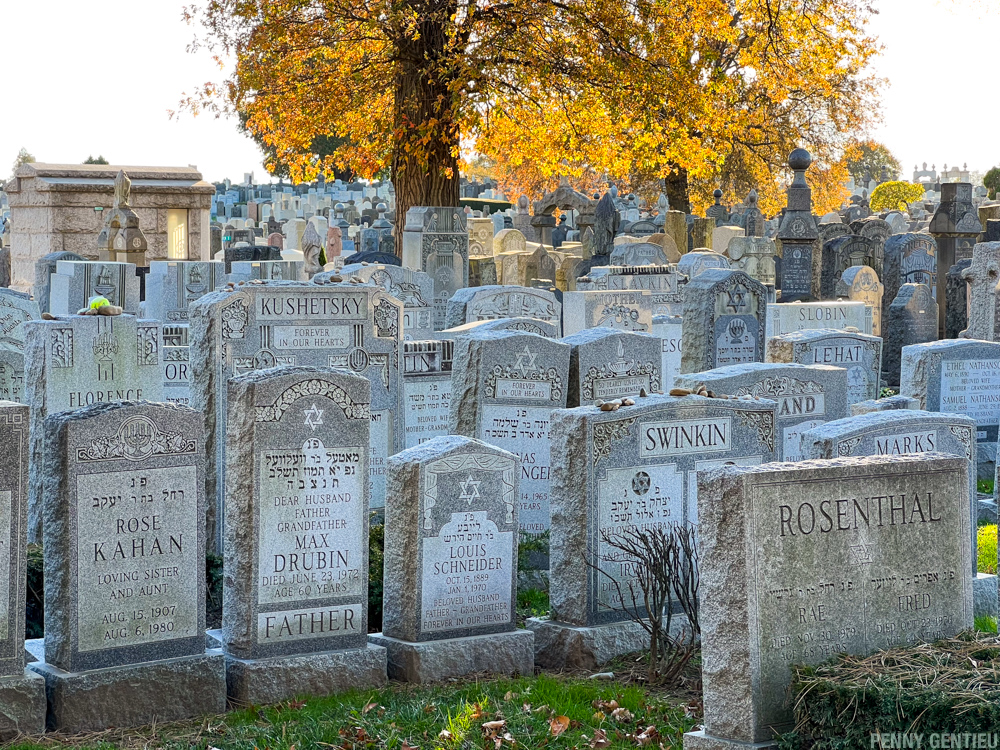



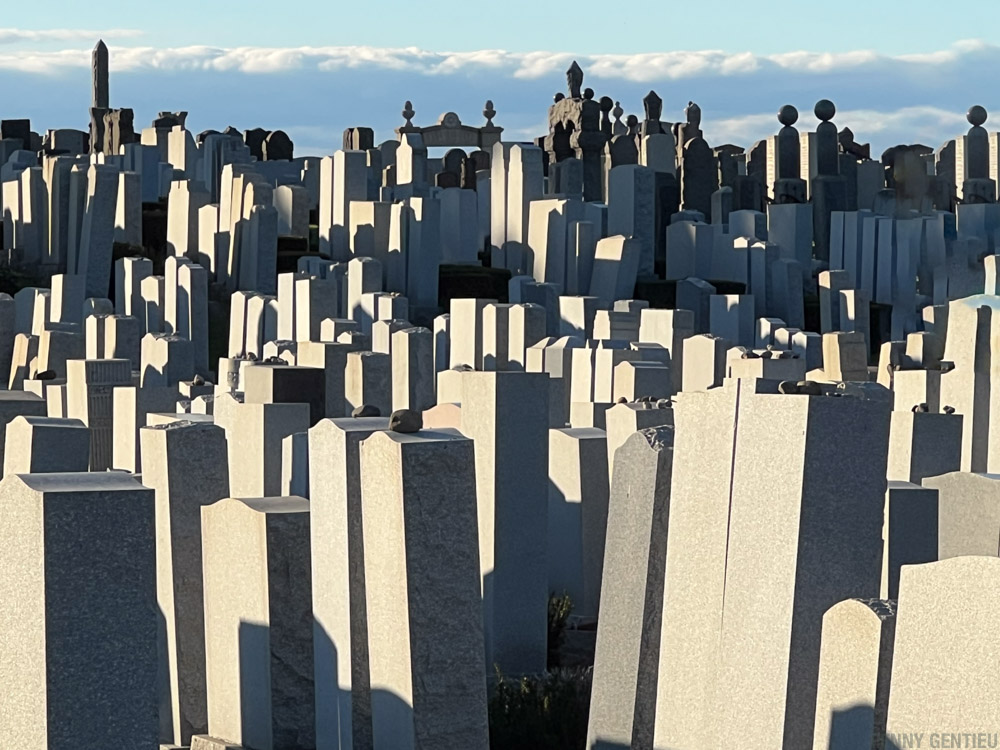
about the Cornell family
Sarah Cornell was Colonel Thomas Willett Jr.’s mother.
The Cornells are from an ancient English family who traced their lineage up through Barons of Burford to Richard de Cornewall, son of Richard, Earl of Cornewall, second son of King John. King John was the younger brother of Richard, and reigned from 1189 to 1199.
Sarah Cornell’s father, Thomas Cornell (1594/5-1655) in 1638 was one of the first settlers of Boston. In 1646, New Netherland authorities granted Cornell a patent on an area of about four square miles that later became part of today’s The Bronx.

Thomas Cornell willed Cornell’s Neck estate to Sarah Cornell. Its ownership was the subject of one of the first lawsuits (1665) of the first judicial system of the area, after the English took over from the Dutch. Cornells won the lawsuit because the English promised to respect the Dutch-era landowners.
Sarah Cornell’s mother (1623-1703), Rebecca Briggs (1600-1673) was “killed strangely” (possibly by her son). It is a murder that was the subject of a 2002 book titled Killed Strangely.
How the Willetts moved to Bucks County
Colonel Thomas Willett Jr. and Helena (Heiltie) Stoothoff had John Willett in 1690, who married Mary Rodman in Flushing, Queens in 1714. They had Jonathan Willett in 1722, born in Flushing, died 1804/5 in Bucks County. Jonathan married Deborah Lawrence about 1743 in Flushing.
Named for his maternal uncle, Jonathan Dickerson of Philadelphia. His uncle died when he was only 3, and left him chief heir of his estate to be delivered to him at age 21. Jonathan received all of his uncle’s estate in Pennsylvania, and also a dwelling house and land in Flushing brought of Dr. John Rodman, Jr. who moved to Bucks County as a young man, near the village of Langhorne and Philadelphia.
While the family was living in Flushing, three of the children died in July 1753 – could have been due to the scarlett fever/diphtheria epidemic raging through the East.
The Willett family went back and forth to Thicken, Bedminster, Bucks County, Pennsylvania in the early 1750’s, where Ann Willets was born on Oct. 4, 1750. John Willett was born in Bucks County in 1760. He married Sarah Walton.
Some time around then the Willetts became Quakers.
Meanwhile, back in New York… political radical Marinus Willett (1740-1830) was a leader of the New York Sons of Liberty and fought valiantly during the American Revolution. He eventually became the Mayor of New York, from 1807 to 1808.
Marinus Willett is my second cousin, seven times removed. (He’s the great grandson of Thomas Willett Jr., descended from Elbert, older brother of my 7th great grandfather, John.) His life-size full length portrait by Ralph Earl hangs in The Metropolitan Museum of Art.
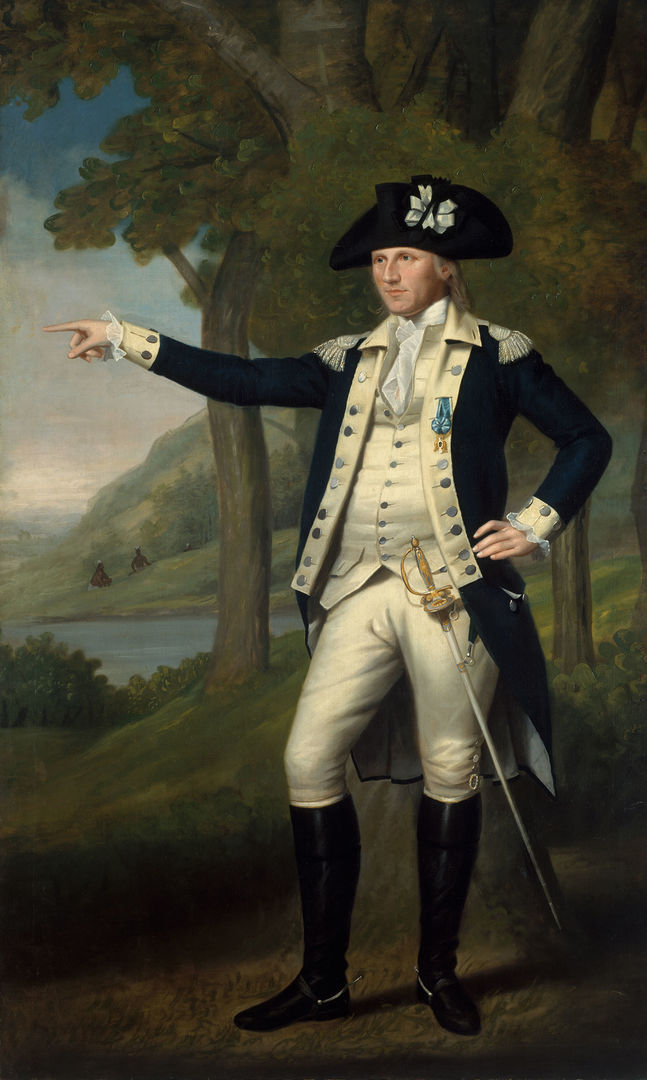
In 1792 Marinus Willett was asked by George Washington to command American forces in the ongoing Northwest Indian War in Ohio. Marinus begged off, replying that pursuing peace on the Ohio frontier would be a far better solution.
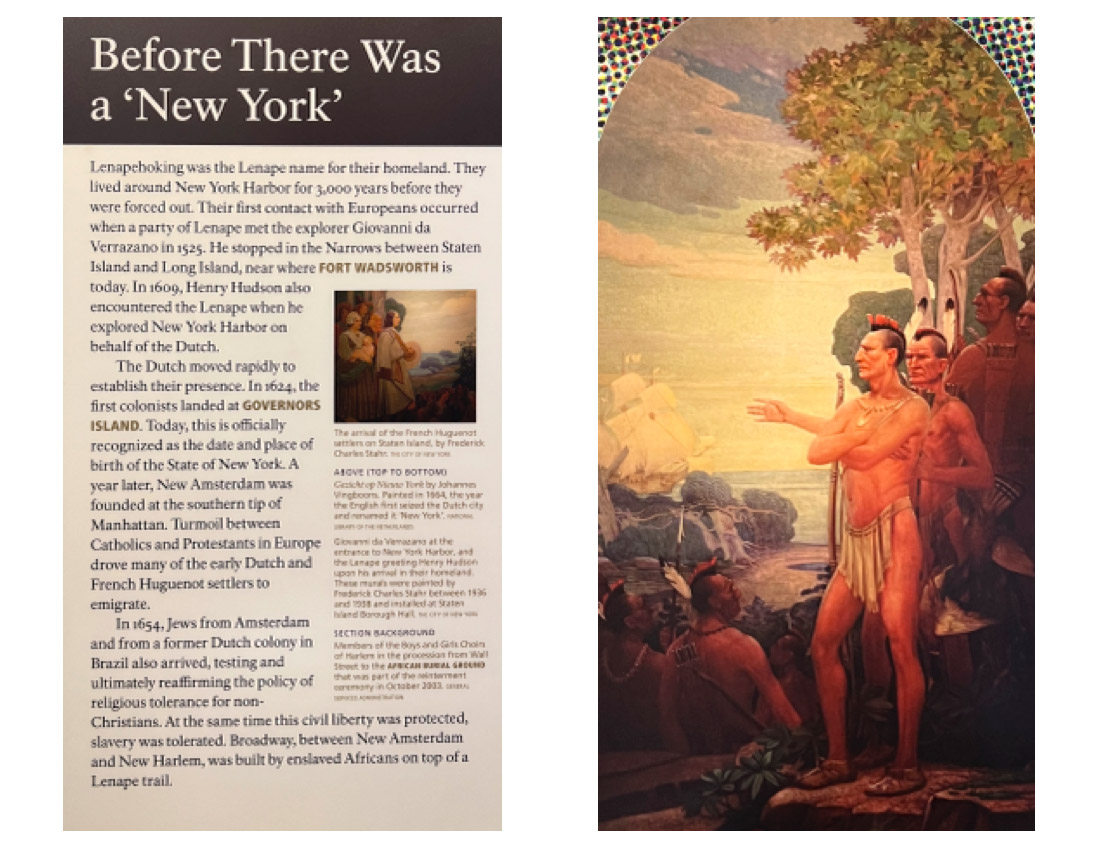


Marinus Willett died just before his 90th birthday, at 58 Broome Street, where it is said that over 10,000 people came to view his remains. He was buried with military honors in the family vault in the Trinity Churchyard. His body was later moved to New York City Marble Cemetery on 2nd Street between 1st & 2nd Avenues.
